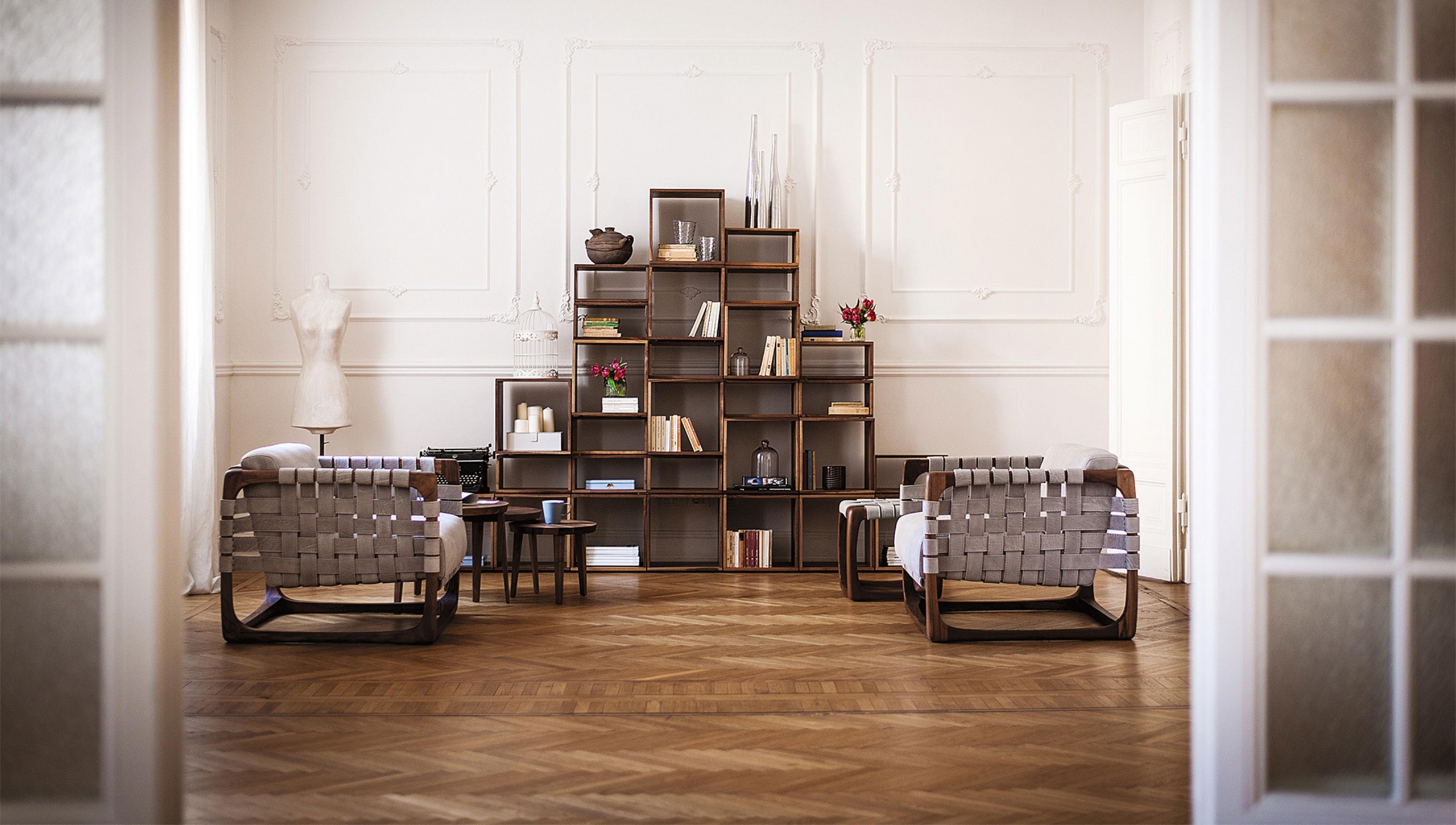With technological advancements and the rise of environmental awareness, the building materials industry has witnessed a surge in diverse options. Among them, HPL (High Pressure Laminate panels) and traditional wood stand out as popular choices. While both materials are widely used, they differ greatly in composition, performance, sustainability, and applications. This detailed guide will provide an in-depth comparison to help you make the right decision for your project.

Material Composition and Manufacturing Process
High Pressure Laminate (HPL) Panels
HPL is a man-made composite material engineered for durability and aesthetics. It is created by stacking layers of kraft paper impregnated with phenolic resin, topped with a decorative sheet and pressed under high heat and pressure. The process results in a dense, strong, and resilient surface that can withstand heavy usage.
The surface is often treated with special coatings to enhance resistance to scratches, stains, moisture, and heat. With modern technology, HPL panelscan replicate the look of wood, stone, or metallic finishes, giving designers broad flexibility without compromising functionality.
Traditional Wood
Wood, on the other hand, is a natural material harvested from trees. Its organic texture and grain patterns offer a timeless aesthetic unmatched by synthetic alternatives. However, because wood retains natural moisture and organic fibers, it is vulnerable to warping, cracking, termites, and environmental degradation.
The processing of wood usually involves cutting, drying, and surface finishing, but it lacks the engineered reinforcements that HPL possesses. While natural wood carries the charm of authenticity, it comes with inherent limitations in durability and stability.
Physical Properties and Structural Stability
Durability of HPL Panels
HPL excels in environments that demand long-term stability and wear resistance. Thanks to its engineered composition, HPL offers:
Fire resistance: HPL can achieve high fire-retardant ratings, making it suitable for public spaces, laboratories, and data centers.
Scratch resistance: The surface coating prevents damage from daily friction, abrasions, and sharp objects.
Moisture resistance: Unlike wood, HPL remains dimensionally stable in humid or wet environments, preventing swelling and decay.
Heat resistance: It tolerates high temperatures without warping or surface damage.
These attributes make HPL an ideal material for demanding commercial projects where safety and reliability are paramount.
Performance of Traditional Wood
Wood’s natural composition makes it less reliable under certain conditions:
Moisture sensitivity: Wood absorbs water, leading to swelling, warping, and cracking.
Fire vulnerability: Wood burns easily, posing fire hazards in critical areas.
Structural instability: Changes in climate and humidity impact its longevity.
Wear and tear: Without protective coatings, wood surfaces show scratches, dents, and stains more readily.
Despite these limitations, wood remains attractive for projects that value natural appearance and warmth over industrial-grade durability.
Environmental Protection and Sustainability
HPL and Eco-Friendly Innovation
As a synthetic material, HPL’s manufacturing process does involve resin chemicals and industrial energy consumption. However, technological advancements in eco-friendly production have significantly improved its sustainability. Many manufacturers now use low-emission resins, recyclable materials, and waste-reducing processes.
Additionally, HPL’s long service life reduces the frequency of replacement, thus lowering overall resource consumption and environmental impact.
Traditional Wood and Environmental Considerations
Wood is a renewable resource, but its environmental impact depends heavily on sourcing practices. When harvested from sustainably managed forests, wood can be an eco-friendly option. However, widespread deforestation, illegal logging, and long regrowth cycles pose serious ecological concerns.
Moreover, wood products often require chemical treatments for termite resistance and frequent refinishing, which add to pollution over time.
Conclusion on sustainability: Both materials can be environmentally viable, but HPL produced with green technology often achieves a better balance between performance and eco-friendliness compared to uncontrolled wood harvesting.
Application Scenarios and Design Flexibility
Where HPL Panels Excel
Thanks to their durability and wide range of finishes, HPL panels are suitable for:
Public facilities: Schools, hospitals, airports, and libraries where heavy traffic and hygiene standards matter.
Commercial interiors: Offices, shopping malls, and showrooms needing low-maintenance, stylish finishes.
Specialized spaces: Data centers, laboratories, and monitoring rooms requiring fire and moisture resistance.
Exterior applications: With specialized grades, HPL can also be used for facades and outdoor furniture.
Where Traditional Wood Shines
Wood remains the material of choice for:
Luxury furniture: Its authentic texture and natural warmth create elegance in residential and hospitality design.
Traditional architecture: Homes, temples, and cultural buildings where heritage aesthetics are vital.
Decorative purposes: Custom interiors, paneling, and flooring where visual appeal outweighs functional drawbacks.
While wood offers unparalleled natural charm, it requires constant maintenance to preserve its appearance and strength.
Cost Comparison: Initial Price vs Long-Term Value
HPL Cost Factors
HPL panels are generally more expensive upfront than many types of wood. However, the low maintenance costs, resistance to wear, and long service life make them a cost-effective investment in the long run. Businesses and institutions especially benefit from reduced replacement and repair expenses.
Traditional Wood Cost Factors
Wood is available in a wide price range depending on the species (e.g., oak, teak, pine) and quality. While common wood types may be cheaper initially, premium hardwoods can exceed the price of HPL.
Maintenance costs for wood—including repolishing, termite treatments, and refinishing—add up over time, often surpassing the total ownership cost of HPL.
Conclusion: Choosing Between HPL and Traditional Wood
When comparing HPL panels vs traditional wood, the choice depends on your specific project needs:
Choose HPL if your priority is durability, fire safety, moisture resistance, and low maintenance. It is especially recommended for commercial, institutional, and high-traffic environments.
Choose wood if your focus is on authenticity, aesthetics, and cultural value, especially in residential or heritage-inspired projects.
Both materials hold value in the modern construction industry, but in environments demanding reliability, sustainability, and cost-effectiveness, HPL often emerges as the superior choice.
English
Русский
العربية
Français
Español
Português
Deutsch
italiano
日本語
한국어
Nederlands
Tiếng Việt
ไทย
Polski
Türkçe
አማርኛ
Bahasa Melayu
தமிழ்
Filipino
Bahasa Indonesia
magyar
Română
Монгол
қазақ
Српски
हिन्दी
فارسی
Kiswahili
Slovenčina
Slovenščina
Svenska
українська
Ελληνικά
Suomi
Հայերեն
עברית
اردو
Shqip
বাংলা
Hrvatski
Afrikaans
Māori
සිංහල
Oʻzbekcha
latviešu
Беларуская мова
Bosanski
Български
ქართული
Lietuvių
Malti
Runasimi



